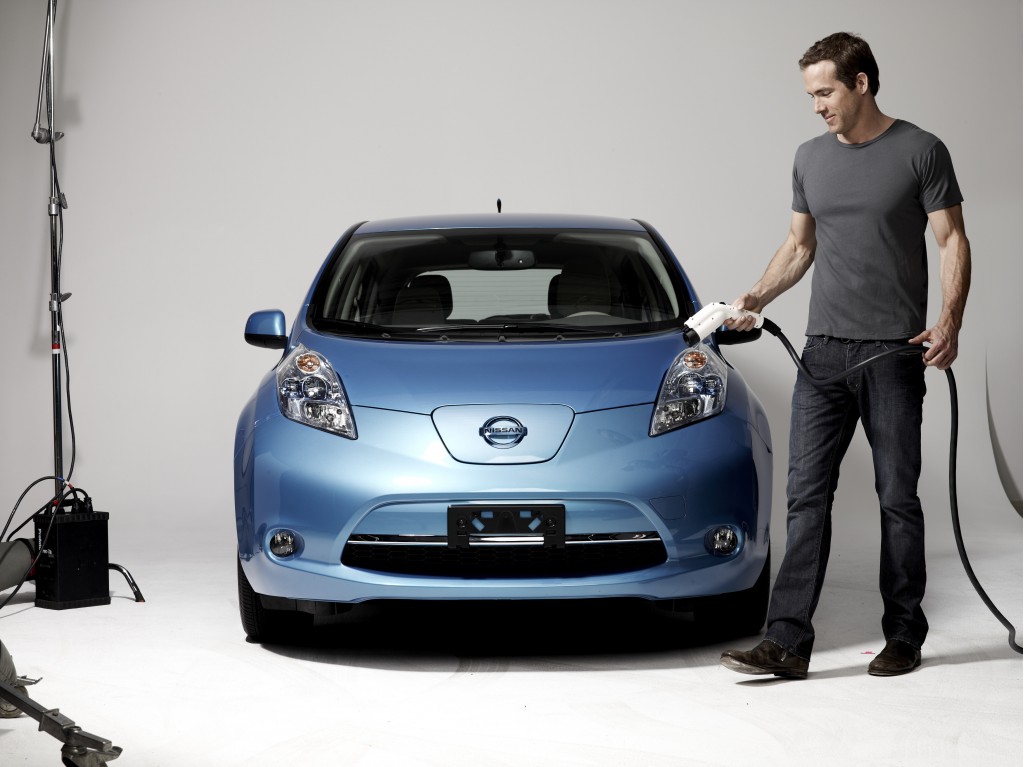Most brand-new auto technologies are, at best, a breakeven proposition in their early years.
Toyota is thought to have lost money on every Prius hybrid it sold for several years, until its sales rose enough to gain economies of scale.
Makers of plug-in electric cars may be losing money on each one right now, but they can earn a bit of extra cash another way: by selling excess green-car credits.
Sell ZEVs, get credits
Those credits are bought by automakers who don't sell enough zero-emission vehicles in California to meet requirements set by that state's Air Resources Board (CARB), or whose plans don't include building enough electric "compliance cars" to comply.
Essentially, each of the six automakers with the highest California sales must earn credits by selling zero-emission vehicles. Those requirements are in addition to national fuel-efficiency rules (and the math is complex, to say the least).
Through 2014, California is requiring that 60,000 such zero-emission cars be sold by the six combined. That goal rises to a total of 1 million by 2020, and 1.4 million by 2025.

Ryan Reynolds Nissan Leaf Spokesperson
If each maker doesn't acquire enough credits--either by selling cars or buying credits from others that do--it can be fined.
Starting this year, credits can be banked, meaning that Nissan could build up a sizable stockpile of credits to auction off to the highest bidders from sales of its Leaf and other upcoming electric cars. By 2014, Nissan will be able to build up to 150,000 electric cars a year in Tennessee alone.
Tesla can likely do the same for its Model S sales.
Tesla pioneered sales
As Bloomberg notes, both battery-electric and plug-in hybrid cars can generate such credits, which depend on battery-pack size and recharging time.
Each 2012 Nissan Leaf, the highest-selling battery electric available in the U.S., generates three credits that Nissan can sell--based on a range of 70 to 100 miles and standard 3.3-kilowatt Level 2 charging.
A 2012 Tesla Model S with a larger battery pack and built-in 20-kilowatt charging would be worth more than twice that number of credits.
Tesla began the practice of selling green-car credits four years ago, when it revealed in financial filings for 2008 that it had sold Honda credits earned from sales of its Roadster model.
A later SEC filing said Tesla had earned more than $13 million from such sales to Honda and others from 2008 through 2010.
No open market
And in fact these deals between carmakers, as private sales contracts, do not have to be disclosed. Presently no open and public market exists for trading such credits.

Light-duty vehicle type scenario, now-2050 (California Air Resources Board)
As a result, the price is essentially whatever an automaker decides makes financial sense as an alternative to paying thousands of dollars of fines for not selling enough zero-emission vehicles.
"It's not a new topic," points out electric-car advocate Chelsea Sexton.
"Credit trading has been around for years, though it's become a bigger story as CARB's zero-emission vehicle requirements rise."
Risky business
But Sexton pointed to one peril of what may seem like an attractive market.
Credit-trading, she noted, "has caused the demise of certain startup electric-car companies, who premised their business plans on being able to lose money on the car but sell the credits at a profit."
In other words, first a carmaker has to build a car that buyers will actually want--and only then can it consider selling credits.
+++++++++++













